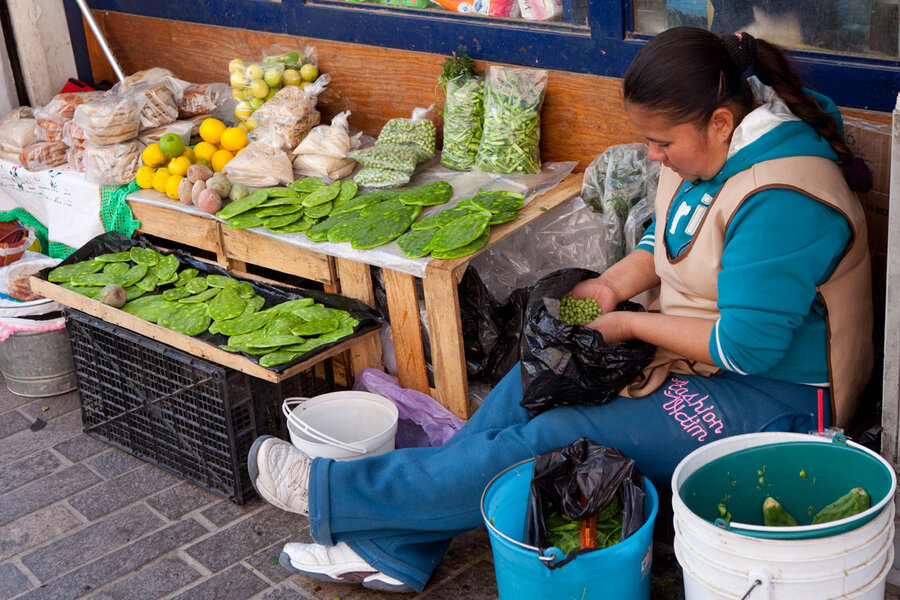An overlooked threat: 1 in 3 cactus species face extinction
Loading...
Almost a third of the world’s cactus species are in danger, warns a new study published Monday in the journal Nature Plants.
According to the report, 31 percent of the world’s 1,480 cactus species are threatened with extinction, placing cactuses as the fifth most threatened group of plants or animals, with more varieties at risk than either mammals or birds.
The best-known threat comes from human pressures, driven by agriculture, residential, and commercial expansion into cactus habitats.
But the worst offender, the scientists were surprised to find, is the illegal trade of cactus plants and seeds, affecting 47 percent of the threatened species.
"The results of this assessment come as a shock to us," said Dr. Barbara Goettsch, lead author of the study and Co-Chair of the IUCN’s Cactus and Succulent Plant Specialist Group, in a press release. "We did not expect cacti to be so highly threatened and for illegal trade to be such an important driver of their decline."
Selling an ornamental cactus seems innocuous, and indeed selling greenhouse-grown cactuses is legal. The problem comes from wealthy collectors, both in the US and abroad, who push for unusual species that are primarily taken from the wild.
"It’s not the quantity," explained co-author Jan Schipper, a conservationist at Arizona State University, in a press release. "It’s like orchid collectors. They’re going after the rare stuff. They want the stuff no one else has."
Cactus poaching has grown in scale, and now 86 percent of threatened cactuses used in horticulture are taken from wild populations. European and Asian collectors are the biggest drivers of the illegal cactus trade, say the researchers.
Some species have tiny populations, even a single cluster on a remote hillside. "Scientists have been studying populations for 10 years, and they go back and they’re all gone," said Dr. Schipper.
Peru’s Echinopsis pampana serves as a cautionary tale, with at least 50 percent of the population lost in the last 15 years. The sunset-colored flowers of this once-abundant species fetch high prices in the ornamental plant trade. E. pampana's loss is irreversible, say the researchers, as areas once filled with the flowering cactus have since become housing developments.
Despite these serious threats, researchers fear the cactuses' plight has gone unnoticed.
"Wildlife trafficking concerns many more species than the charismatic rhinos and elephants which tend to receive global attention," said Inger Anderson, director general of the International Union for Conservation of Nature.
Cactuses play vital roles in their fragile, arid ecosystems. The most threatened areas for cactus species overlap with peak habitats of other endangered species, suggesting an important interdependence, note the researchers.
"Their loss could have far-reaching consequences for the diversity and ecology of arid lands and for local communities dependent on wild-harvested fruit and stems," says Dr. Goettsch.








